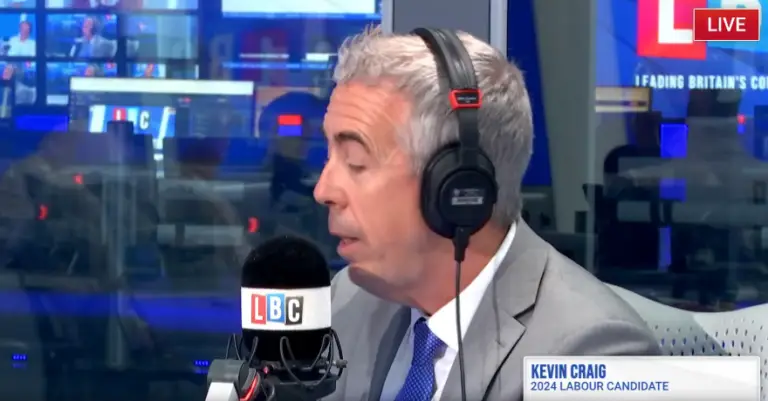Workers have been organising to lobby for better conditions for centuries. Quite literally, the first documented labour strike is from Egypt around 1170 BCE, when artisans working on the necropolis downed tools and demanded that the government paid their food rations.
Since then, trade unions and strike action have shaped working life to what we know today. Unions were the driving force behind the 8-hour working day and the 5-day working week, they were instrumental in securing rights and benefits like maternity and paternity pay, the minimum wage, sick pay and pension entitlements.
Why are strikes so frequent?
Why then, one could ask, do we still need trade unions? We have better lives and rights now and in the UK union membership has been steadily declining.
The most recent wave of rail strikes has certainly divided public opinion. What’s more, the Conservative government has an increasingly strained relationship with the unions, including notably Foreign Secretary and leadership candidate Liz Truss who has proposed a raft of policy measures to limit their effectiveness.
The short answer is that, within reason, it doesn’t matter whether or not people support industrial action. It also, again within reason, doesn’t matter if the next Prime Minister places restrictions on trade unions. Strikes in some form or another aren’t going anywhere because, quite simply, they work. The exact methods and demands may change over time, but the fundamental concept will remain the same: as long as someone’s labour is of value, the withdrawal of it will always be a powerful tool.
While large scale, national walkouts like the recent rail strikes garner the most attention, smaller, more localised strikes have been making steady progress. Refuse collectors in Brighton, Rolls Royce workers in Lancashire and care workers in Salford all went on strike in the last couple of years and largely had their demands met.
The challenge then, for both the trade unions and employers, will continue to be how to sell their stance to the public and policymakers.
For the trade unions
In some senses, from a PR perspective, the unions are struggling. Overall union membership is in decline. While some sectors, like transport, remain well-organised, selling the concept of collective action to younger generations and those who work in growing professional services sectors is a challenge.
Media and PR communications around policy issues remain one of the trade unions’ greatest strengths. As was evident when Rail, Maritime and Transport General Secretary Mick Lynch took a series of interviews in June, there is really just no replacement for knowing what you’re talking about. Having deep expertise on specific subjects and knowing the limits of that knowledge is good PR advice for any spokesperson.
Moving forward, trade unions must remain agile and open to change. Younger generations are more likely to affiliate themselves with specific issues rather than a political party. What’s more, the current Labour leader Keir Starmer has been apathetic at best towards recent industrial efforts. As such, trade unions would do well to seek support outside of their traditional stomping grounds, for example in community or campaigning groups.
For employers
For businesses garnering unwanted media attention around industrial action the challenge will usually be to not look like an unfeeling, unfair employer. There are steps which employers can take to mitigate this.
As the recent, high-profile P&O Ferries redundancies case demonstrated, having your crisis communications strategy in place before any employment announcements is an absolute necessity. Any PLMR reputation management specialist would tell you, in crisis communications failing to plan is planning to fail. Key messages should be precise and clear before any announcement becomes public, and these should be consistent across all communications channels, from social media and customer facing platforms, to internal announcements and staff updates.
At present, there is a much higher expectation of transparency from brands than ever before. However, shrewd employers can use this to their advantage. Providing you’ve crossed your I’s and dotted your T’s along the way, being able to be open – and understanding of criticisms – will go a long way with regards to how your business is perceived.
Final thoughts
Ultimately, the PR rules of media engagement for strikes are the same as any other public communications campaign. Be clear on what your messages are and be prepared for how you want to share these.
Until they cease to be effective, we are unlikely to see the end of strikes anytime soon. Going forward, having a plan for employee action should be part of any brand’s reputation management strategy. So, if you don’t have one already, there’s no time like the present.




